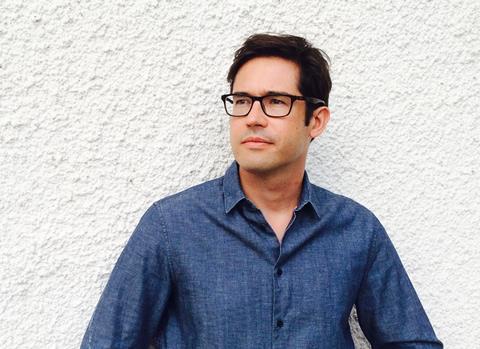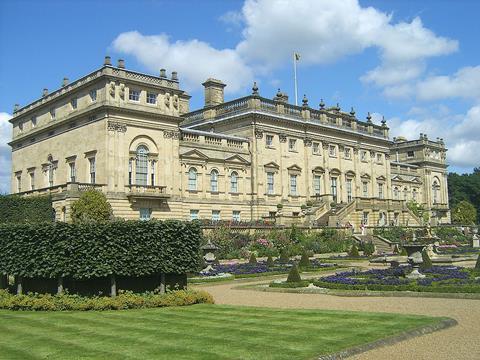Much of Britain’s wealth and heritage is a monument to black lives not mattering, writes Ben Flatman

Over the last few days thousands of people have been out marching and protesting all over Britain in response to the murder of George Floyd. Some may struggle to understand why a violent race crime thousands of miles away in Minneapolis is seen as having such resonance here. The reasons are complex, but for many people the horror provoked by yet another incident of police brutality in the US has its historical origins (and contemporary parallels) in the UK. After all, Britain is arguably the birthplace of much that is so broken about American race relations.
When the nascent United States finally booted us out in 1783, we Brits didn’t just leave behind our toxic legacy of colonialism, slavery and race hatred. We brought it all back home and then sought to sublimate it into myths around abolition that absolved ourselves of guilt.
As the Trinidadian historian and prime minster Eric Williams once wryly noted, if we took Britain’s own assessment of its role in slavery at face value, we should believe that Britain was so blameless that it only set up the slave trade in the first place for the sole purpose of abolishing it.
Bolstered by the self-serving myths of white saviourism, racism actually became a core foundation of British imperial expansion and economic growth. Principles of freedom, justice and individual liberty, that we like to tell ourselves we exported across the empire, were only sporadically applied to people who weren’t white, especially if it got in the way of profit. The proceeds of this system of extraction and exploitation, justified through painstakingly constructed theories of racial supremacy, helped transform Britain from a middling European kingdom at the start of the 16th century to a global superpower by the end of the 18th.
Britain still arguably lives off this accumulated capital today. Yet as a nation we rarely acknowledge the brutal realities and deeply entrenched racism surrounding how Britain became “great”. Rather, Boris Johnson has written of white European colonialism and Africa: “The continent may be a blot, but it is not a blot upon our conscience. The problem is not that we were once in charge, but that we are not in charge any more.” Perpetuating myths of a benign imperial project that deny how our nation’s wealth and power was built on a noxious culture of racism is not only offensive to its past victims but helps excuse and perpetuate prejudice and exclusion today.
Perpetuating myths of a benign imperial project that deny how our nation’s wealth and power was built on a noxious culture of racism is not only offensive to its past victims but helps sustain prejudice today
The contemporary ramifications of this denialism are also evident in the often-sanitised approach we take to our built heritage. Before covid-19 put a stop to it, many of us loved nothing more than spending a weekend visiting a stately home, most likely ignoring the links between so many of these buildings and slavery. In truth, places that are today often seen as innocuous visitor attractions, such as the Robert Adam-designed Harewood House in Yorkshire, didn’t just materialise from the ether, but were indisputably built with profits generated in large part by slaves. From Glasgow to Liverpool, and from the Regency terraces of Bristol to the docklands of east London we are surrounded by the built manifestations of an economy rooted in slavery and colonialism.

The truth is that reminders of Britain’s often violent and oppressive colonial economy lie all around us, often hidden in plain sight. The most recent series of the BBC’s A House Through History traces an innocuous-looking Georgian terrace in Redcliffe, Bristol, to an early 18th-century sea captain who trafficked thousands of Africans into slavery in the Americas. As the presenter David Olusoga explains, with his profits from trading Africans, Captain Saunders built speculative housing for the well-to-do of Bristol, a city that was then booming on the back of slavery and the trade in goods that operated alongside it. Black lives stolen and transposed into west-country bricks and mortar.
The Black Lives Matters movement demands that individuals and institutions face up to current and historical injustice and bring about change. This lesser-known dimension of our historic built environment needs to be more widely recognised and brought into the open, as part of a wider acknowledgement of where Britain’s wealth came from and the means by which it was accumulated.
The built environment might only be one aspect of a complex web of issues related to the history of racism in the UK, but it has its part to play in enlightening people and provoking greater understanding.
Bringing about change in architecture requires even more searching questions for our profession, including why we have so few black architects in the UK. It is a matter of pride for the profession, but also profound sadness, that one of the black Britons whose name is most closely associated with architecture in this country is Stephen Lawrence, an aspiring architect murdered because of the colour of his skin. This needs to change.
















No comments yet